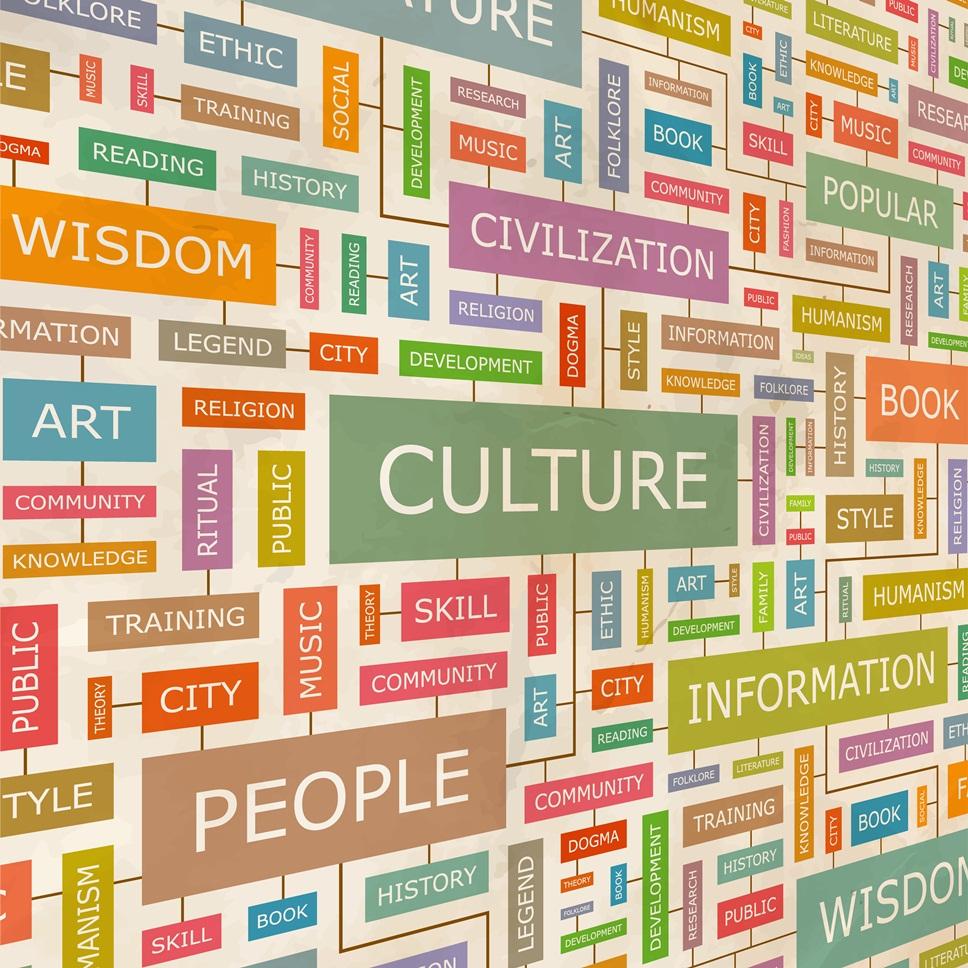
A new support program for the cultural and creative sectors, Creative Europe was adopted by the European Council on 3 December 2013 and entered into force on 1 January 2014. It has two sub-programs (Culture and Media) and a cross-sectoral strand. It provides opportunities for cooperation between cultural and creative organisations from different countries and supports initiatives to translate and promote literary works across the European Union. Furthermore, it establishes networks promoting the competitiveness and transnationality of the cultural and creative sector, and sets up platforms helping emerging artists and stimulating European programming for cultural and artistic works. The budget originally proposed by the Commission for the new programme was €1.8 billion, but it was reduced to €1.293 billion. However, the overall EU budget for culture has grown by 37% in comparison to the previous period. The Creative Europe programme is often criticised because of its economic rhetoric, which, according to critics, reduces artistic activity to yet another form of business.
Culture as part of Lisbon strategy…
The authors of the Culture Strand of the Creative Europe Programme 2014-2020 affirm that they have taken into account a variety of opinions from a wide range of stakeholders. The proposed changes to EU cultural policy follow “all the main recommendations of the European Agenda for Culture in a Globalising World ” and are in line with the Lisbon Strategy for growth and jobs , as well as its follow-up in the Europe 2020 Strategy . They stress that the new programme is based on multi-level dialogue and takes into account the opinions of stakeholders by using the Open Method of Coordination based on the voluntary cooperation of its member states. In conclusion, they claim that arguments based on the theory of public good or of the multiplier (i.e. indirect economic) effects of culture are not sufficient any more due to the main emphasis of current EU cultural policy being based on the synergistic effect of culture (i.e. the resultant effect being greater than the sum of their individual effects) and a transversal or cross-sectoral approach which constitute a complex cultural sector ‘ecosystem’.
…or culture as a public good
The most criticised shift in the new Creative Europe Programme is symbolised by the change in vocabulary. The former cultural sector is now called the “cultural and creative sector” and its aim is to optimise potential for economic growth, creation of jobs, and social inclusion. Briefly speaking the main argument made by critics of the Creative Europe Programme is that it overlooks the intrinsic value of culture as well as the role of culture as a public good. As consequence, they argue that the EU is shifting the dual nature of cultural production over to the profit-oriented side. By doing so the EU is departing from a long-standing tradition of EU cultural policy, as well as from the UNESCO Convention on the Protection and Promotion of the Diversity of Cultural Expressions.








Be the first to write a comment.